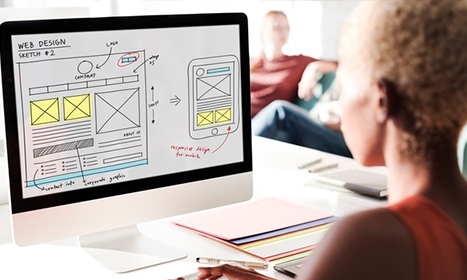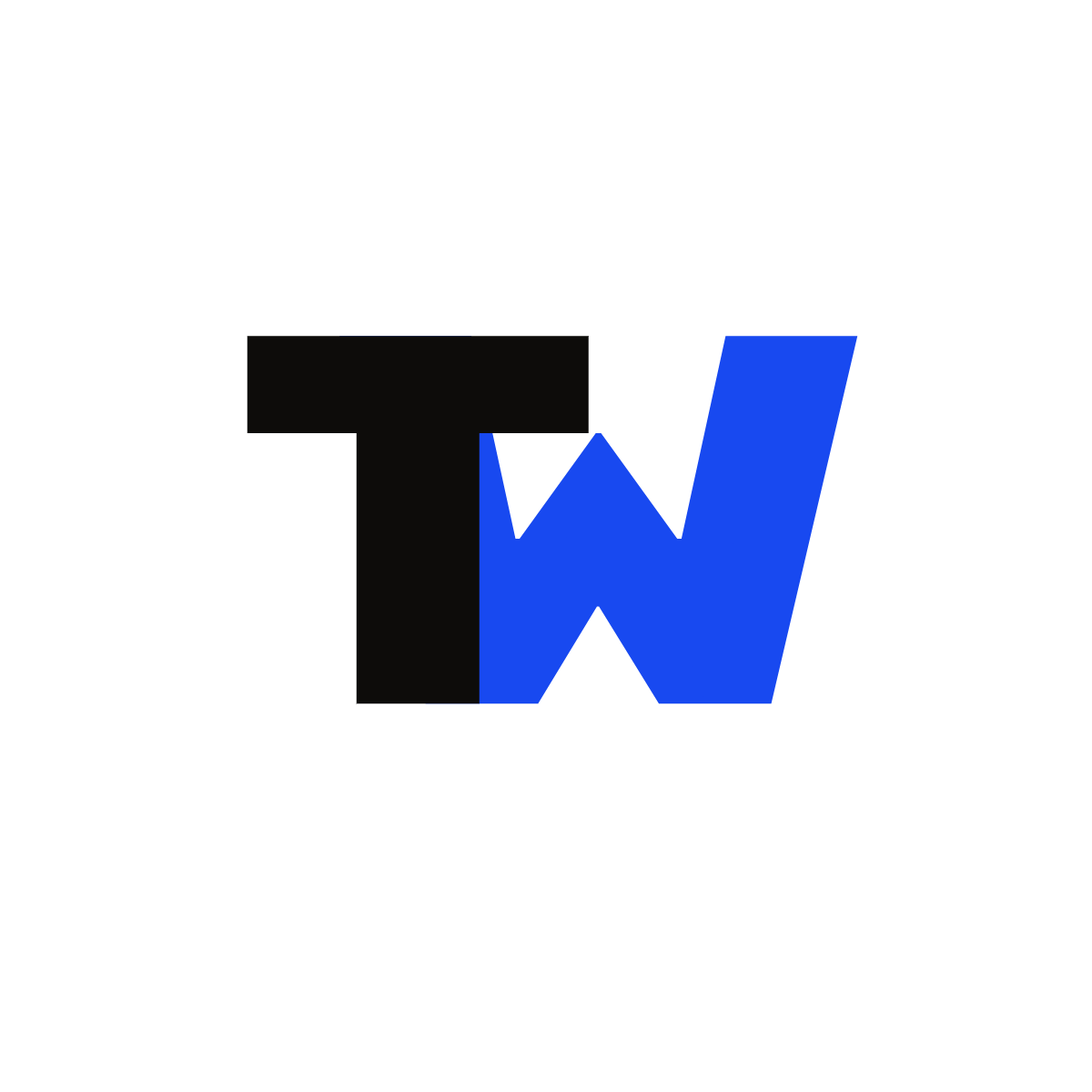
- July 24, 2021
- Miscellaneous
The Art of Web Design: Building Beautiful and Functional Websites
In today’s digital-first world, web design plays a pivotal role in creating engaging online experiences. A well-designed website not only looks appealing but also functions seamlessly to meet user needs. Whether you’re a business owner, a budding designer, or someone curious about the process, this blog will guide you through the essentials of web design, its importance, tools, and trends.
What is Web Design?
Web design refers to the process of planning, creating, and maintaining the visual and functional aspects of a website. It encompasses various elements such as:
- Layout: The structure and organization of content on a web page.
- Colors: The palette used to create a cohesive and visually appealing theme.
- Typography: The fonts and text styles used to communicate effectively.
- Graphics: Visual elements like images, icons, and animations that enhance user experience.
- Responsiveness: Ensuring the website looks and works well on all devices, from desktops to smartphones.
A good web design strikes a balance between aesthetics and usability, ensuring visitors find the website attractive and easy to navigate.
Why is Web Design Important?
Your website is often the first impression people have of your brand. A strong web design can make a significant impact for several reasons:
- Credibility: A professional design builds trust and establishes authority in your industry.
- User Experience (UX): A well-structured website ensures users can navigate easily and find what they need.
- SEO Benefits: Good web design contributes to faster loading times and mobile responsiveness, boosting search engine rankings.
- Brand Identity: Consistent design elements reflect your brand’s personality and values.
- Increased Engagement: A visually appealing and functional website encourages visitors to stay longer and explore.
Essential Tools for Web Design
Modern web design requires both creativity and technical proficiency. Here are some tools to help you get started:
- Adobe XD and Figma: Ideal for creating wireframes, prototypes, and designs.
- Sketch: A popular design tool for macOS users, great for UI/UX design.
- WordPress: A content management system (CMS) with customizable themes for web design.
- Canva: A beginner-friendly tool for creating web graphics and layouts.
- Webflow: A platform that combines design and development without needing to code.
- Browser Developer Tools: Built into browsers like Chrome and Firefox, these tools help inspect and tweak designs directly on live sites.
Key Principles of Web Design
To create a website that stands out, follow these foundational principles:
- Simplicity: Avoid clutter by focusing on clean, intuitive layouts.
- Consistency: Use uniform colors, fonts, and design elements throughout the site.
- Responsiveness: Ensure the website adapts to different screen sizes and devices.
- Readability: Use legible fonts and adequate spacing for better content visibility.
- Speed Optimization: Optimize images and code to reduce loading times.
- Call-to-Actions (CTAs): Include clear and compelling CTAs to guide user behavior.
Trends in Web Design
Web design evolves constantly, and staying updated with trends can give your site a competitive edge. Here are some current trends:
- Dark Mode: A sleek, modern design option that’s easy on the eyes.
- Microinteractions: Subtle animations that enhance user engagement.
- Bold Typography: Attention-grabbing fonts used as central design elements.
- Neumorphism: A blend of skeuomorphism and flat design, creating soft, 3D-like visuals.
- Video Backgrounds: Dynamic backgrounds that add depth and storytelling to the site.
- Voice UI: Integrating voice commands and searches for hands-free navigation.
Getting Started with Web Design
If you’re ready to dive into the world of web design, here’s how to begin:
- Learn the Basics: Start with HTML, CSS, and JavaScript to understand how websites are built.
- Practice Wireframing: Sketch layouts and structures before diving into design tools.
- Study Great Websites: Analyze top-performing websites to learn what works.
- Experiment with Tools: Familiarize yourself with design software like Figma or Webflow.
- Seek Feedback: Share your designs with peers or mentors for constructive criticism.
- Stay Inspired: Follow design communities on platforms like Dribbble and Behance.
The Future of Web Design
Web design is a dynamic field that continues to grow with advancements in technology. From integrating artificial intelligence to creating immersive virtual experiences, the future of web design is bound to be exciting.
Whether you’re creating your first personal blog, an e-commerce platform, or a portfolio for clients, web design is your gateway to limitless creativity. With the right tools and mindset, you can build stunning websites that leave a lasting impact.
So, unleash your imagination and start designing the web of tomorrow today! 🌐✨









